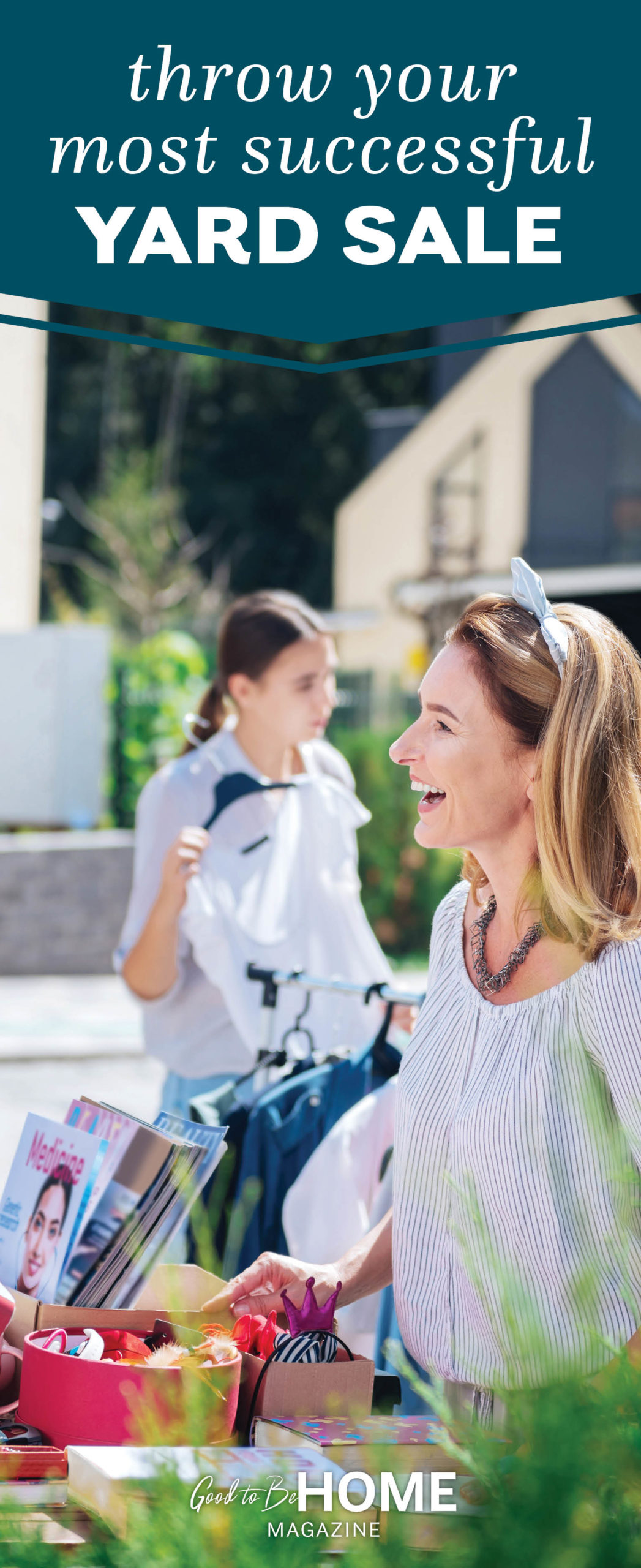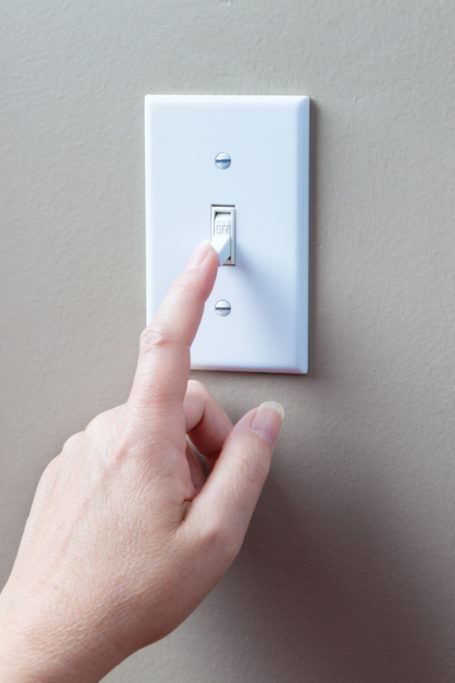Throw Your Most Successful Yard Sale This Summer
A yard sale is an effective way to declutter your home, connect with your neighbors, and make extra cash. Summer’s long days and warm weather make it an ideal time to hold one. If you would like to throw a yard sale, follow these tried-and-true methods for making it a success.
Get permission
Some municipalities require a permit and sometimes a fee to host a sale; research your area’s requirements at least a few weeks before your event so you are set to go on the big day.
Pick a date and time
You will get the most visitors to your yard sale if you hold it on a Saturday between 7:00 a.m. and 11:00 a.m. Avoid weekends that fall on or near holidays like Memorial Day and the Fourth of July, unless your area is a highly visited tourist destination. If your town holds a town-wide yard sale, schedule yours during that time. Otherwise, check if any neighbors would like to hold a yard sale at the same time as you to draw in more buyers.
Get the word out
Much of your sale’s chances for success rest on how well you publicize it. Promote it at least a week in advance by telling your friends and family about it and by sharing it on social media. Include your event’s date, time, and location. Post your sale in a local Facebook yard-sale group; those groups can have thousands of members. Post signs around your community about your sale, and make your posters stand out by writing your event’s information in big letters on bright-colored paper. Hang signs throughout your community and on busy streets. Your signs could include hand-drawn arrows that point the way to your sale. You can also attach balloons or pinwheels to your posters on the day of your event to attract attention. Don’t forget to remove your signs once your sale is over.
Make it look good
How you organize your sale can make or break it—what it looks like from the street can encourage passersby to shop or keep driving. Your items will look their best if you clean or repair them before your event. You should make your most appealing merchandise clearly visible. If possible, hang clothing from a rack or a clothesline for easier browsing. Help shoppers by organizing items by type on tables or in clear plastic bins. Place toys at ground level or on low surfaces so young shoppers can reach them.
Price it right
A general yard-sale rule is to never ask for more than 10 percent of an item’s retail price, so if you bought an item for $30, you might want to charge no more than $3 for it. However, keep in mind that this guideline doesn’t apply to highly collectible vintage pieces that could sell for more. Check other local yard sales or websites like eBay or Craigslist for guidance on how to set prices for items like these. To help customers understand the value of your items, you could put printouts of online listings next to your merchandise.
Tagging items
You should clearly label your items with their prices. Color-coding your price tags will make shopping easier for customers. For example, anything marked with a green sticker costs $1 or less, items that have a yellow price tag are $5 or more, and so on. Be sure to put a sign out front that explains your color-coding system.
Completing a sale
Have small bills and coins on hand on the day of your sale to make change for customers. If you run into bargain hunters who ask for lower prices than you’d like, try negotiating a mutually agreeable amount. Finally, provide paper or plastic bags to make it easier for your customers to bring their purchases home.









